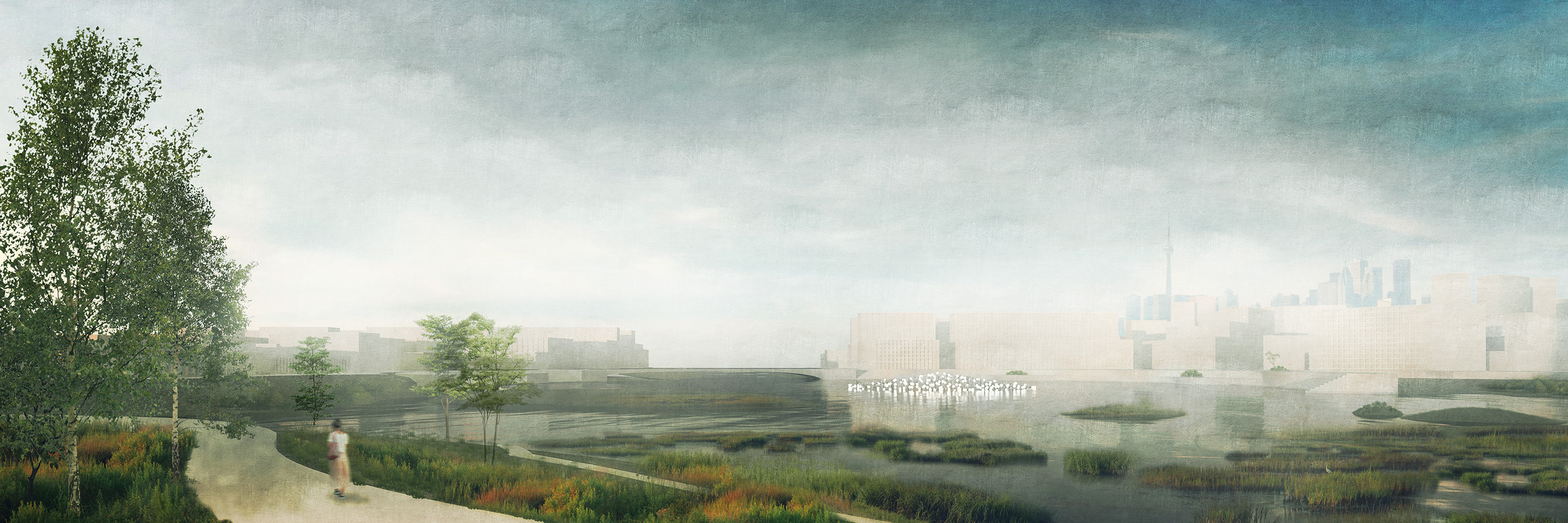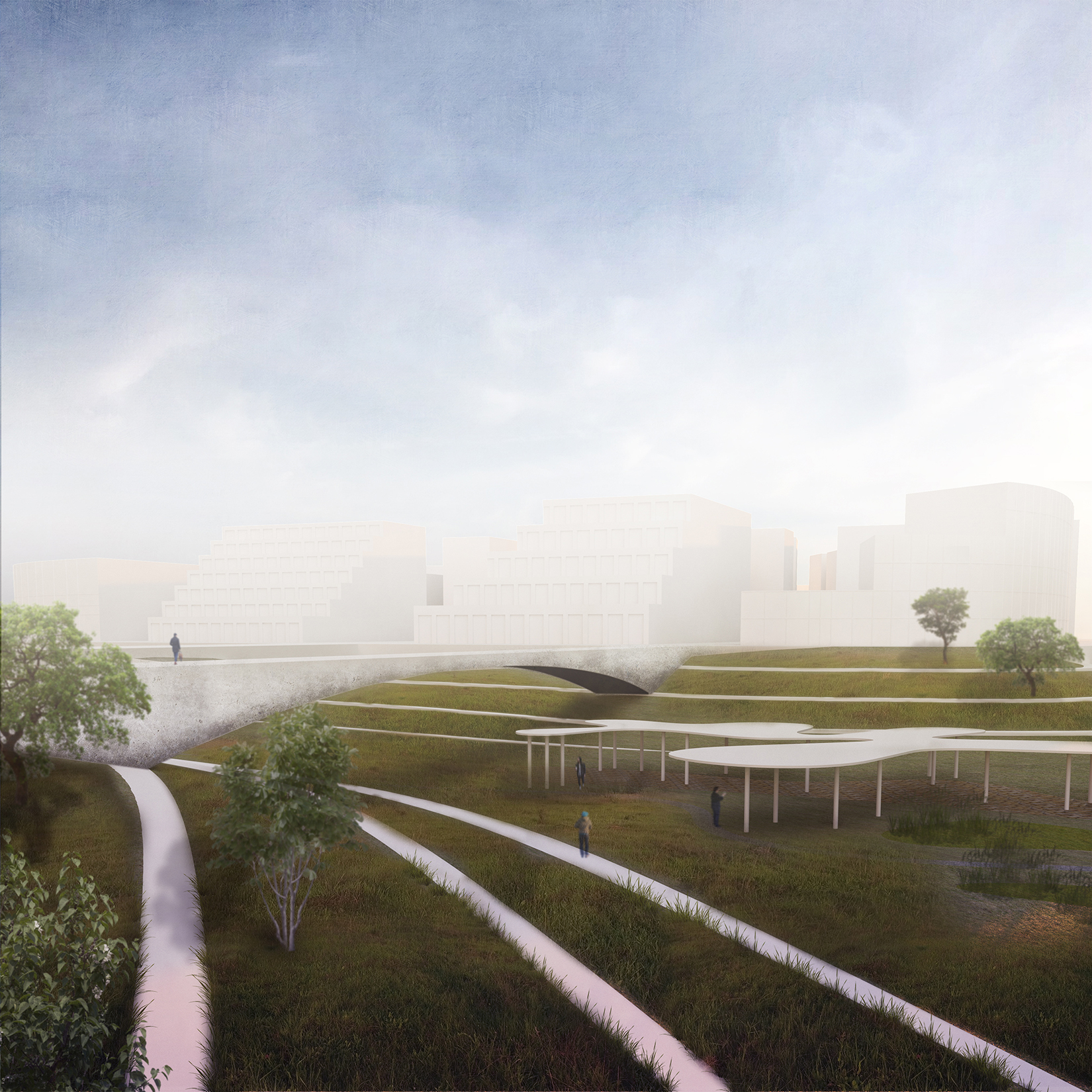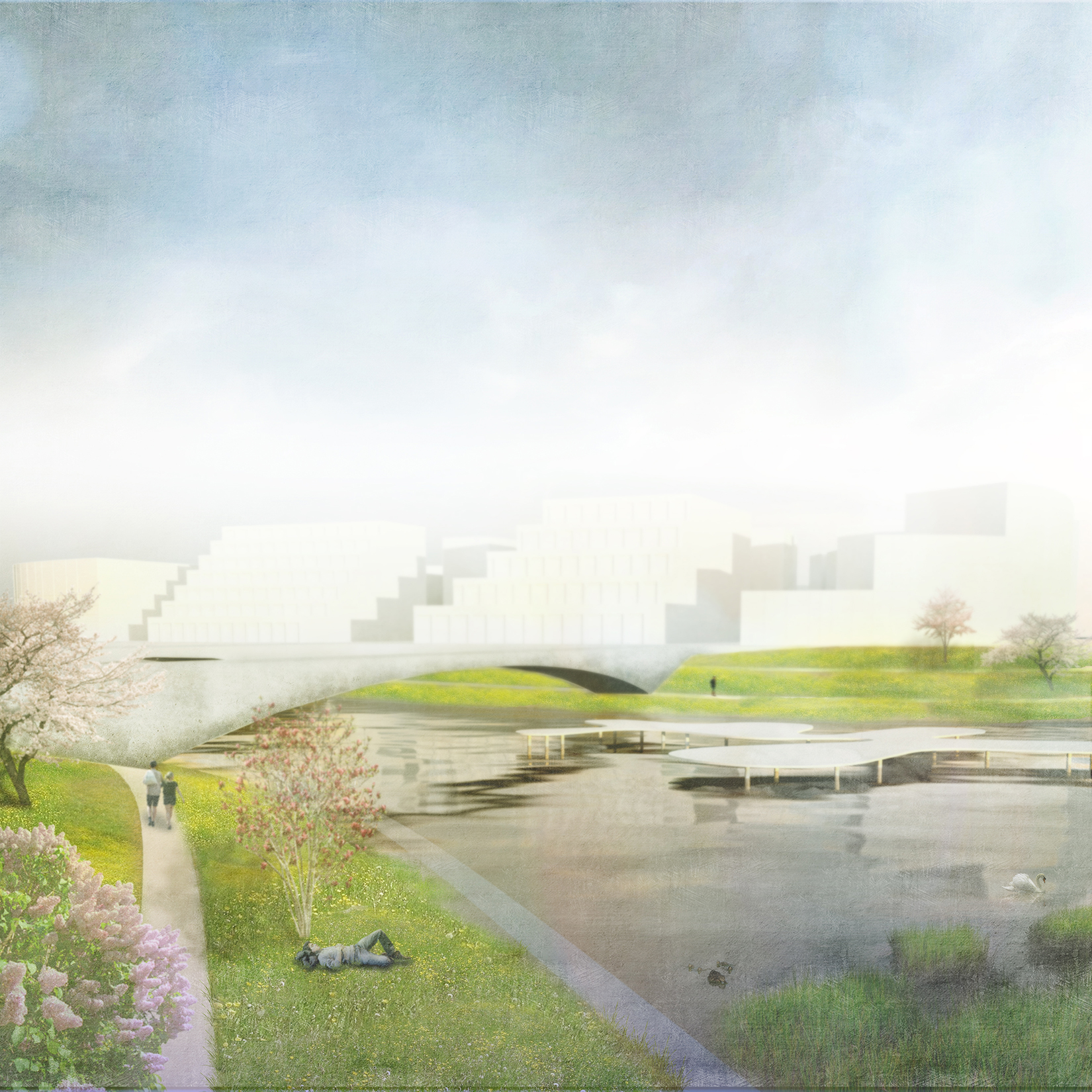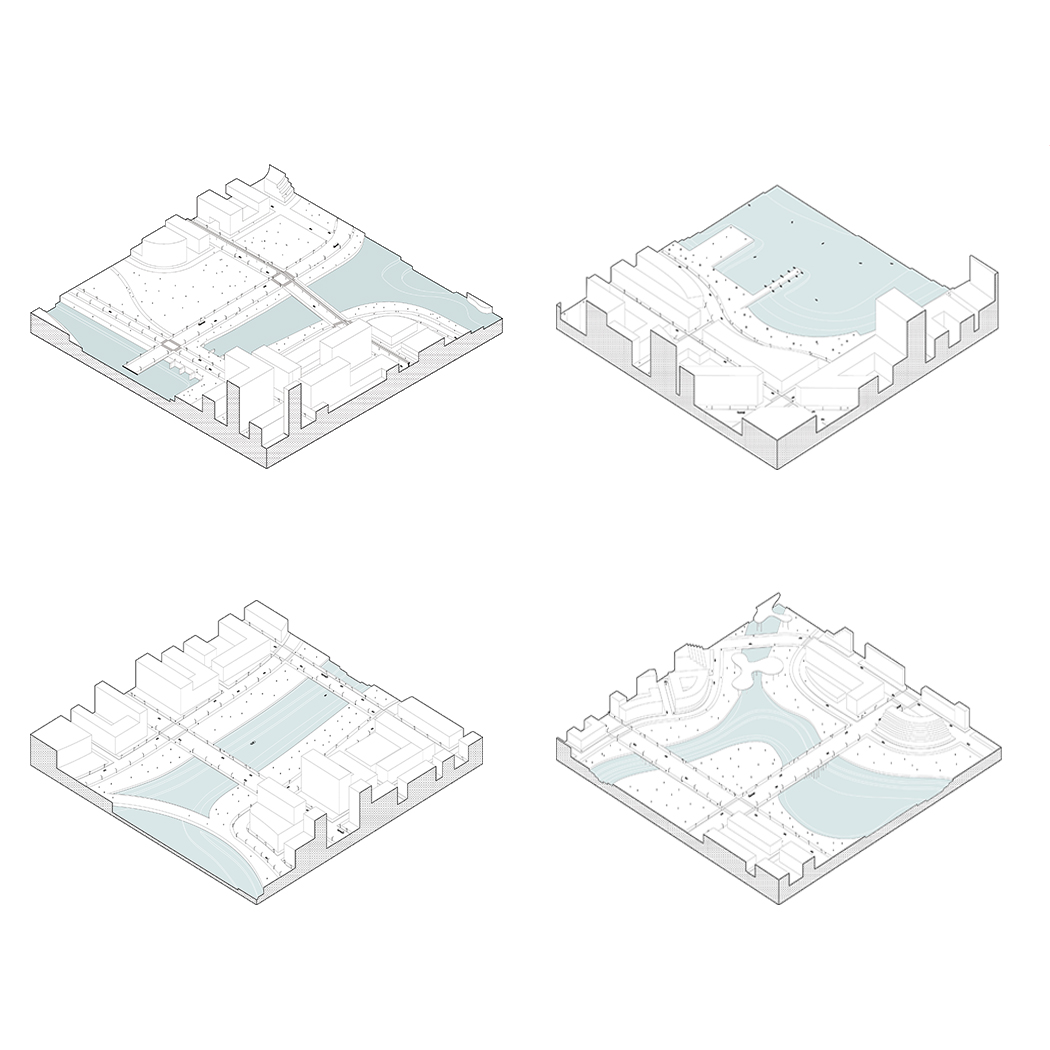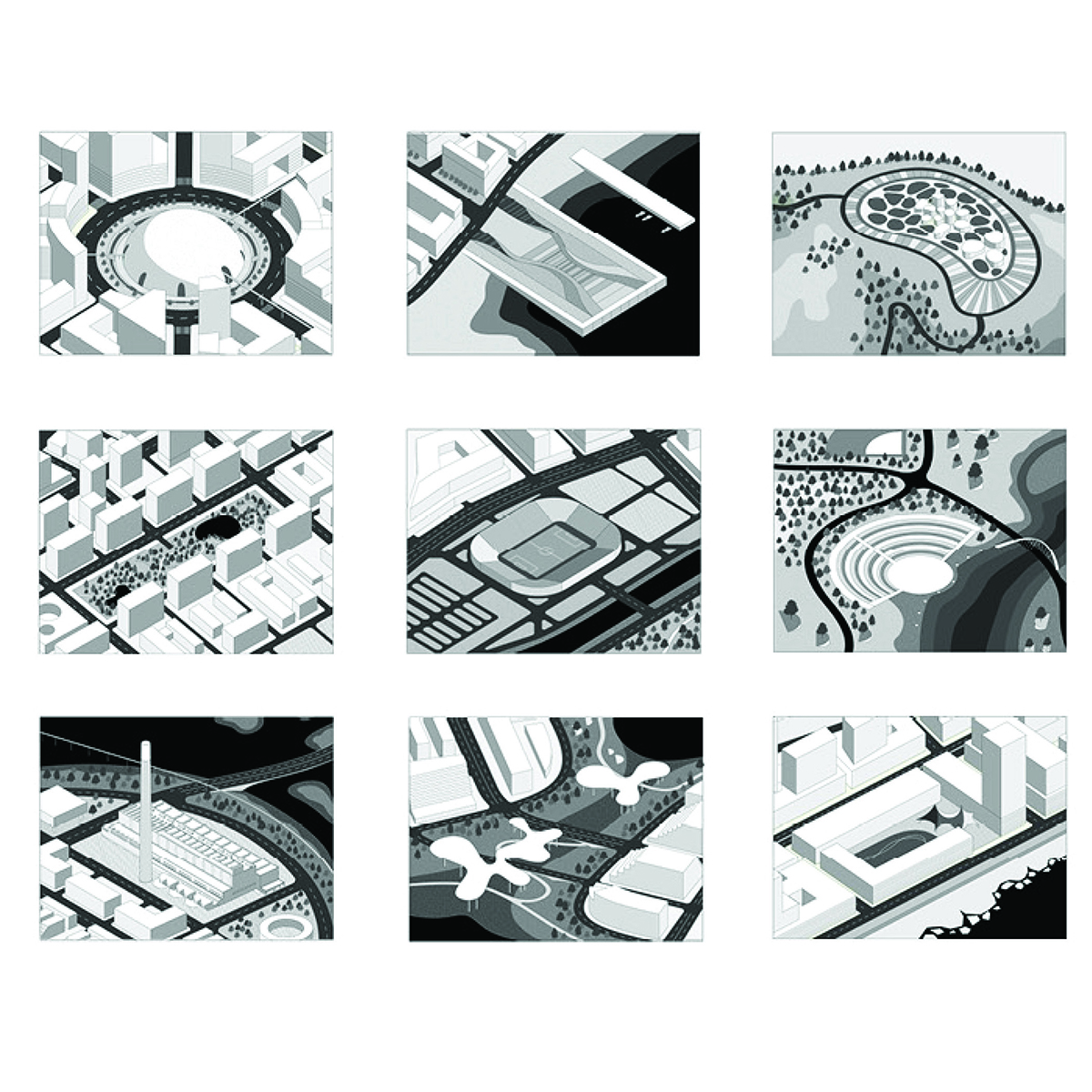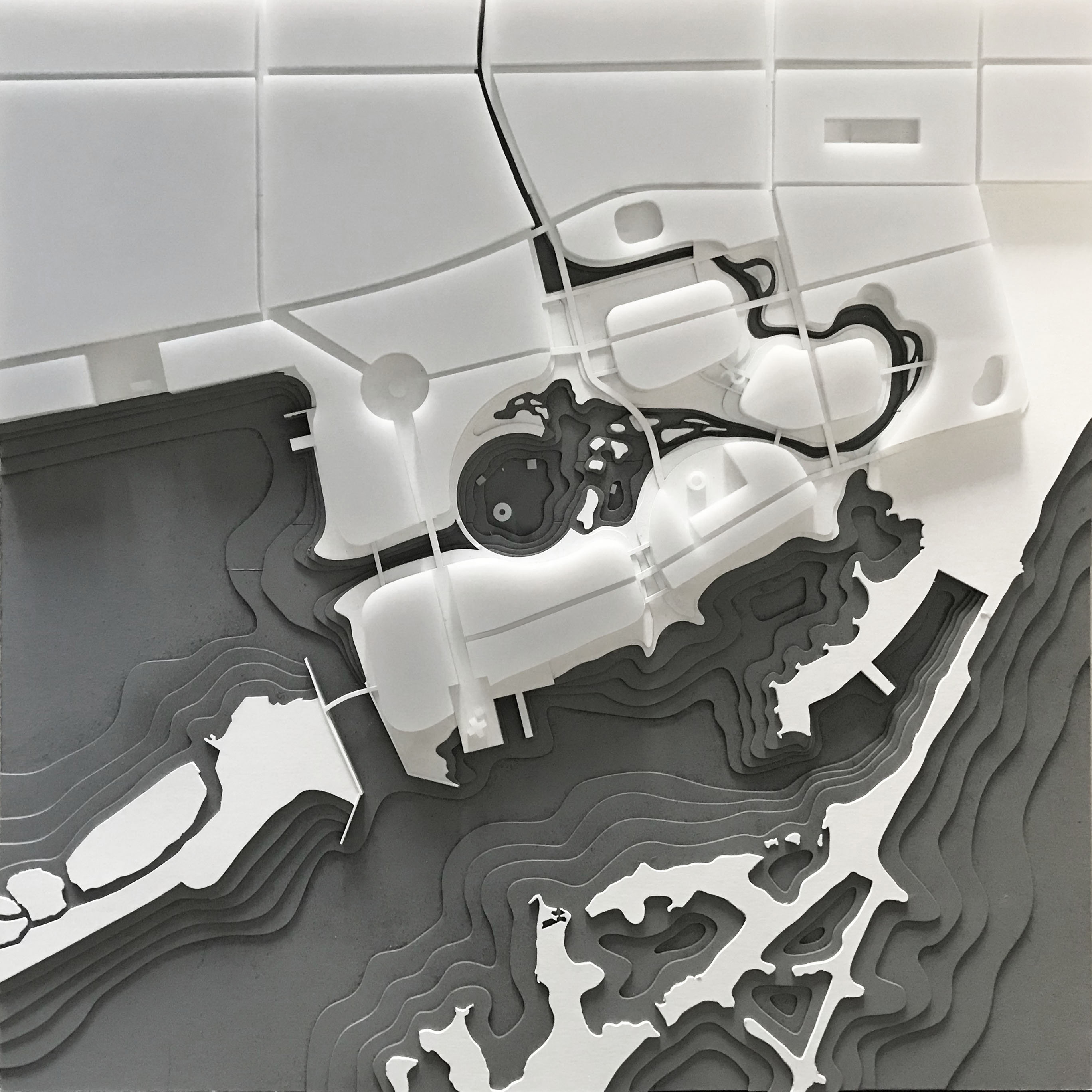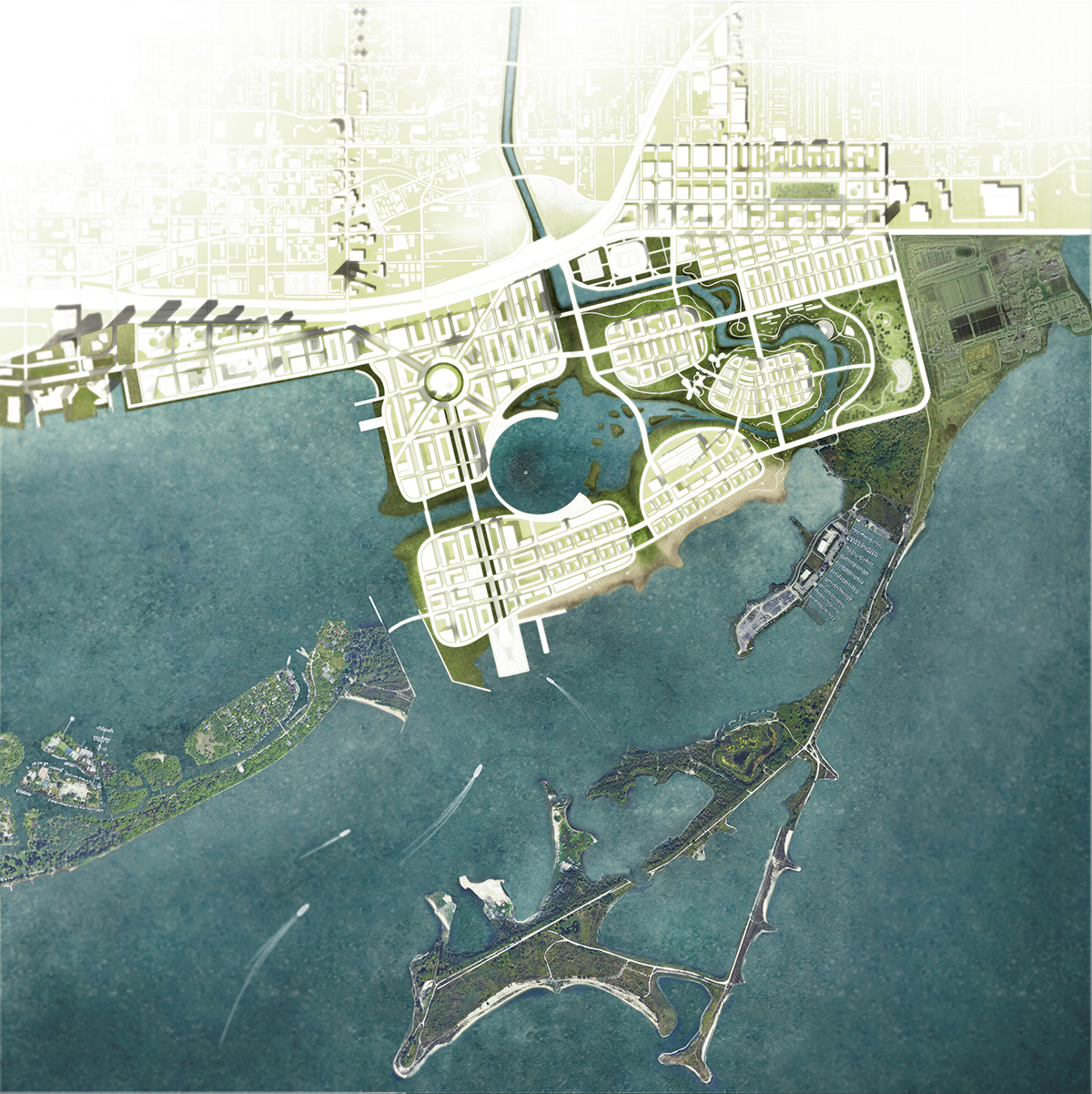Superstudio - URD1011, ARC2013, LAN2013
The Port Lands includes 715 acres of land that extends from Toronto’s downtown core into Lake Ontario. ‘It’s a Small World’ brings together the interests of three major constituencies: the TRCA, Waterfront Toronto, and Film Ontario, by reshaping the site for storm water management and ecosystem regeneration, and then dividing it into nine communities, each containing a public space with different characteristics. The public spaces serve as incentives to activate neighborhoods, create film settings, and foster tourism.
Learning from the popular attractions created by the Disney Land, the project recreates the fun of being able to experience great diversity in a short period of time. The balance between diverse public spaces and unifying urban fabrics is the center of the project, and the final proposal imagines a system of dynamic communities with distinct characteristic, activated and connected by landscape and infrastructure.
::::::::::
Superstudio engages the Daniels Faculty's architecture, landscape architecture, and urban design students in the processes of urbanization that each discipline shares, and introduces the circumstances under which urban projects are pursued as professional activities.
The multidisciplinary studio is an opportunity for our mix of architecture, landscape architecture, and urban design students to discover shared concerns, approaches and design solutions — and to model the kinds of collaborative, creative and technical processes required to successfully address the complex demands of urban projects today and into the future. Second year graduate students in architecture and landscape, and advanced, incoming urban design students, work on the same set of assignments throughout the semester.
Superstudio requires students to follow a highly staged process and use specific types of 2-D and 3-D drawings, diagrams and models — all pursued in sequence, and in rapid succession. Working at the urban scale requires approximations, and involves planning, strategic thinking, and design complexities that can never be modeled all at once, or through one form of representation. Thus, Superstudio exercises require shifts in scale, and the cross-referencing of drawings, maps, data and information that are critical to this kind of urban-scale work.
Students are introduced to an increasing array of physical planning, design, and sociopolitical complexities as the semester proceeds. Questions about how we chose to organize urban life, and related issues of density, environmental resources, land-use and formal organization are clearly elaborated on from the beginning of the course to the end.


